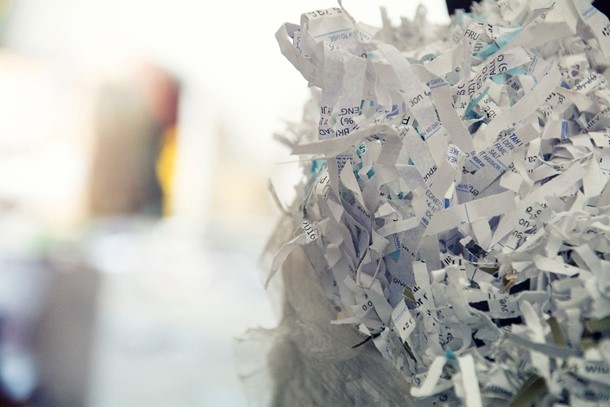
Don’t overlook the importance of protecting sensitive information on physical paper documents. While digital security measures are critical, paper documents remain prevalent in many aspects of our lives, including legal contracts, medical records, financial statements, and personal correspondence. To ensure confidentiality and prevent unauthorized access or misuse, it is essential to implement effective safeguards for paper documents. Let’s explore the best practices to protect information on paper documents.
Limit Access:
Controlling physical access to sensitive documents is the first line of defense. Establish restricted areas with limited entry and consider implementing a key card or biometric access system. Additionally, store sensitive documents in locked cabinets, rooms, or safes. Restrict access only to authorized individuals and consider maintaining an access log to track document handling.
Classify And Label Documents:
Develop a document classification system to categorize documents based on their sensitivity. This system can range from simple labels (e.g., “Confidential” or “Sensitive”) to more elaborate systems with different levels of classification. Mark documents with appropriate labels, making it easy to identify their level of confidentiality and handle them accordingly.
Implement Document Tracking:
Maintaining a record of document movement and handling is crucial. Use a document tracking system to keep a log of when a document is checked out, who has possession of it, and when it is returned. This helps in ensuring accountability and helps identify any gaps or discrepancies in document handling.
Secure Storage:
Invest in secure storage options to protect physical documents. Fireproof and waterproof safes or cabinets can provide an added layer of protection against unforeseen events. Consider storing backups or duplicates of important documents in an off-site location to mitigate the risk of loss due to theft or disasters.
Shred And Destroy:
When disposing of sensitive documents, proper shredding or destruction methods are essential. Use a professional service that utilizes cross-cut shredders to render documents unreadable. Professional shredding services offer secure and confidential destruction and disposal.
Maintain A Clean Desk Policy:
Encourage a clean desk policy in your organization to minimize the risk of unauthorized access to sensitive information. Ensure employees are trained to lock away or secure documents when not in use. This policy also includes the proper disposal of draft copies, notes, or any other papers that may contain confidential information.
Use Document Encryption:
Consider implementing document encryption techniques for added security. Encrypting sensitive information on paper documents provides an extra layer of protection. This can be done through various methods such as using encryption software or employing cryptographic techniques to encode information.
Educate And Train Employees:
Human error remains a significant factor in data breaches. Educate employees about the importance of safeguarding paper documents and provide training on best practices for document handling and protection. Regularly reinforce security protocols and raise awareness about the consequences of mishandling sensitive information.
Conclusion:
Although digitalization has transformed many aspects of information management, the significance of securing paper documents cannot be underestimated. Employing a combination of physical security measures, document classification, proper storage, shredding, and encryption techniques will help safeguard sensitive information on paper documents. By adopting these best practices and fostering a culture of information security, individuals and organizations can better protect the confidentiality of their valuable data.
By
James Dowse CSDS


